Chicken feathers to deliver chemotherapy drugs and repair enzymes
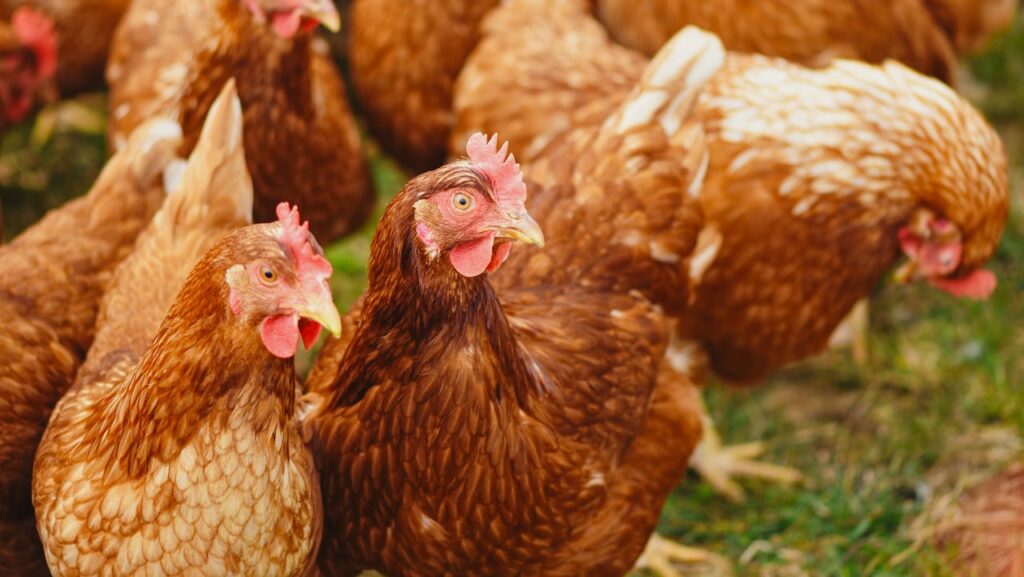
Researchers from Kings College London, UK, have developed a new method of drug delivery using proline, an amino acid found in chicken feathers and skin tissue.
Scientists generate the first complete chromosome sequences from non-human primates
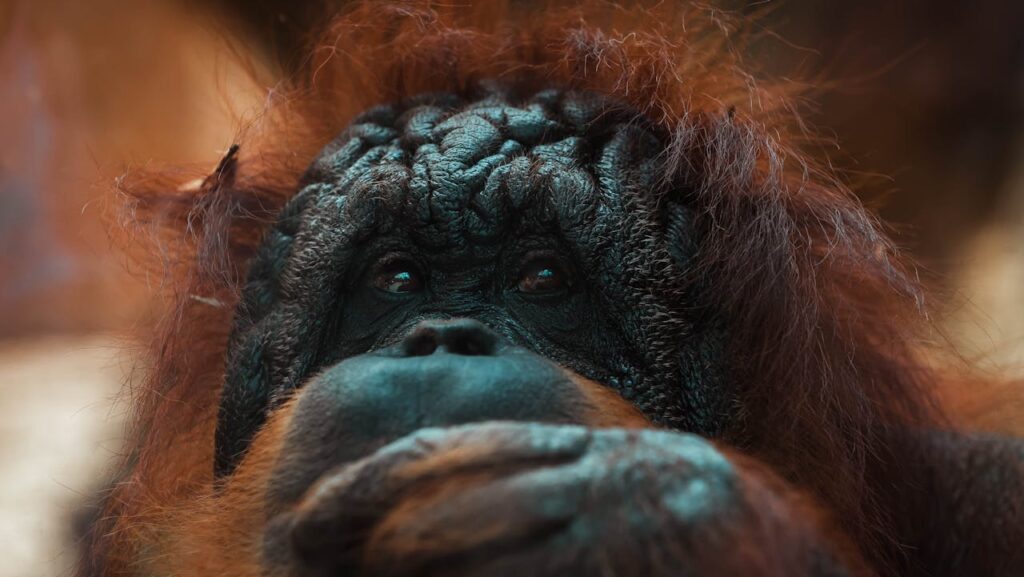
A team of researchers from the National Human Genome Research Institute, USA, have generated the first complete chromosome sequences of five great ape species and the siamang gibbon.
Caterpillars can detect predators through static electricity

Scientists at the University of Bristol in the UK have discovered that caterpillars use static electricity to detect predators, raising concerns about human-made electrical noise disrupting these signals.
Foraging ants navigate more efficiently when given energy-drink-like doses of caffeine
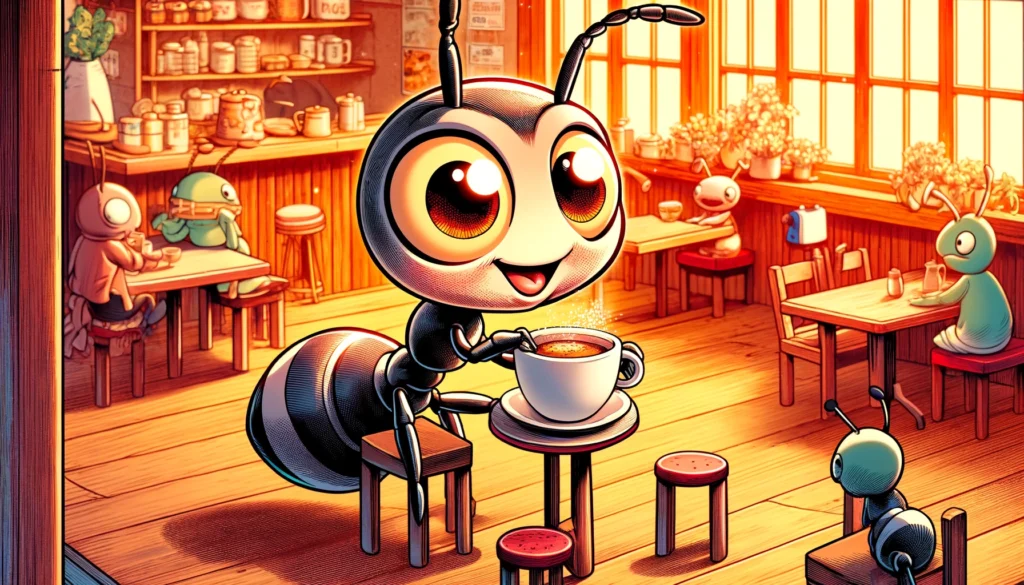
Researchers at the University of Regensburg in Germany have discovered that caffeine improves Argentine ants’ ability to navigate and locate sugary rewards, potentially aiding invasive species control efforts.
How neighbouring whale families learn each other’s vocal style

Researchers from Scuola Normale Superiore in Italy have developed a method to study sperm whale communication, revealing social learning between neighbouring clans.
Tiger beetles fight off bat attacks with ultrasonic mimicry
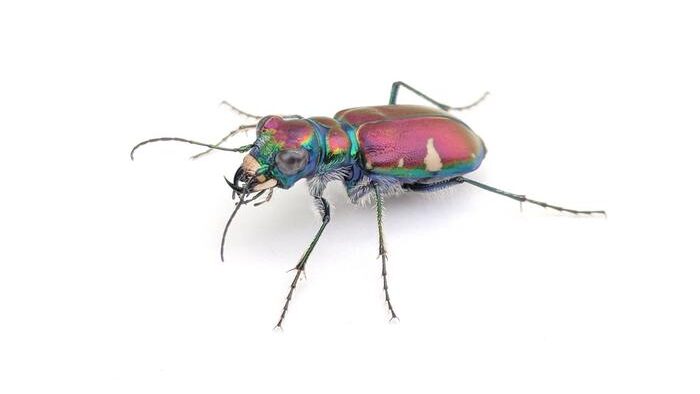
Researchers at the University of Florida, USA, have discovered that tiger beetles mimic noxious moths’ ultrasonic signals to evade bats, despite lacking chemical defences against them.
Orangutan treats wound with pain-relieving plant

Researchers from Max Planck Institute of Animal Behavior have observed a wild orangutan applying a plant with known medicinal properties to a wound, a first for a wild animal
Why can’t robots outrun animals?
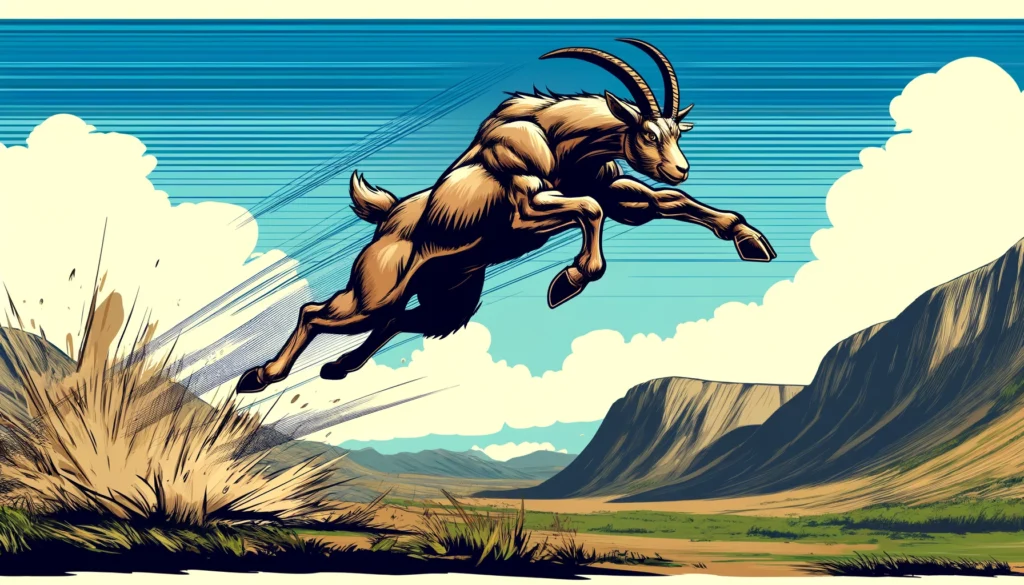
Researchers at Simon Fraser University in Canada are examining the remarkable movement capabilities of animals to advance robotics technology.
These giant, prehistoric salmon had tusk-like teeth
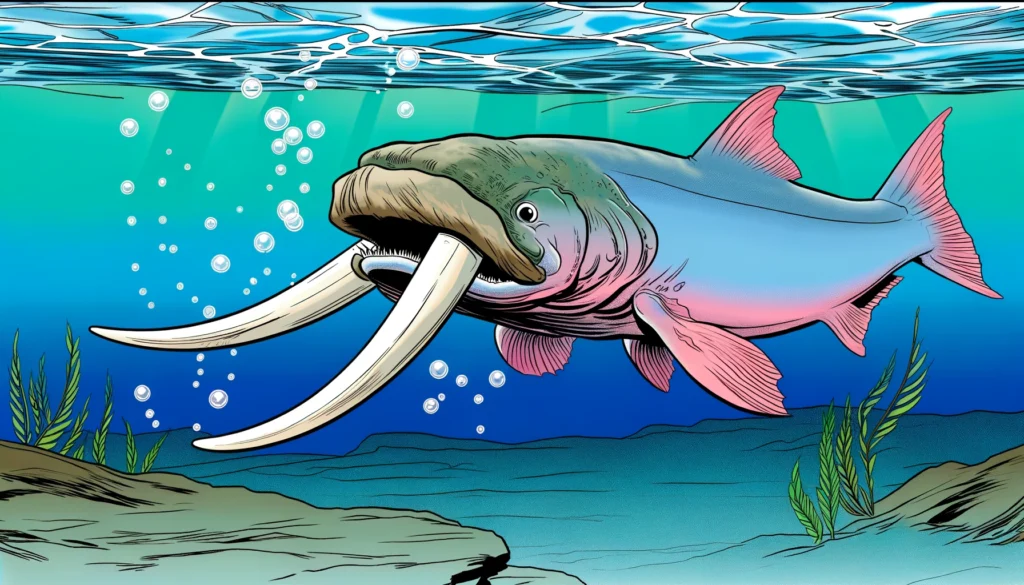
Researchers from the Philadelphia College of Osteopathic Medicine in the USA have redefined the prehistoric giant salmon, Oncorhynchus rastrosus, as having outward-pointing tusks.
Wild bird gestures “after you”
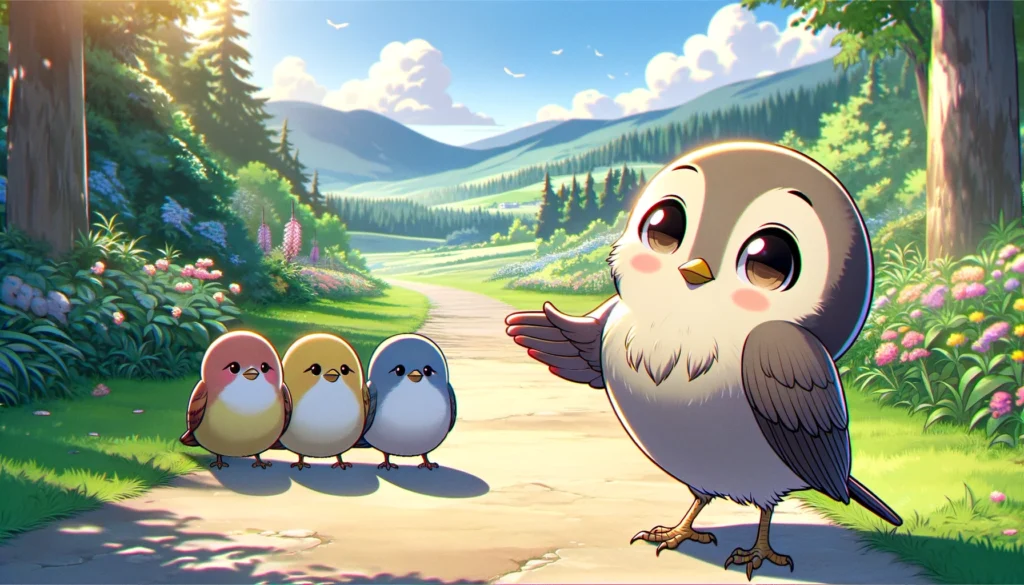
New research from the University of Tokyo reveals that Japanese tits utilise wing gestures for complex communication, challenging beliefs on non-verbal cues in non-human species.
